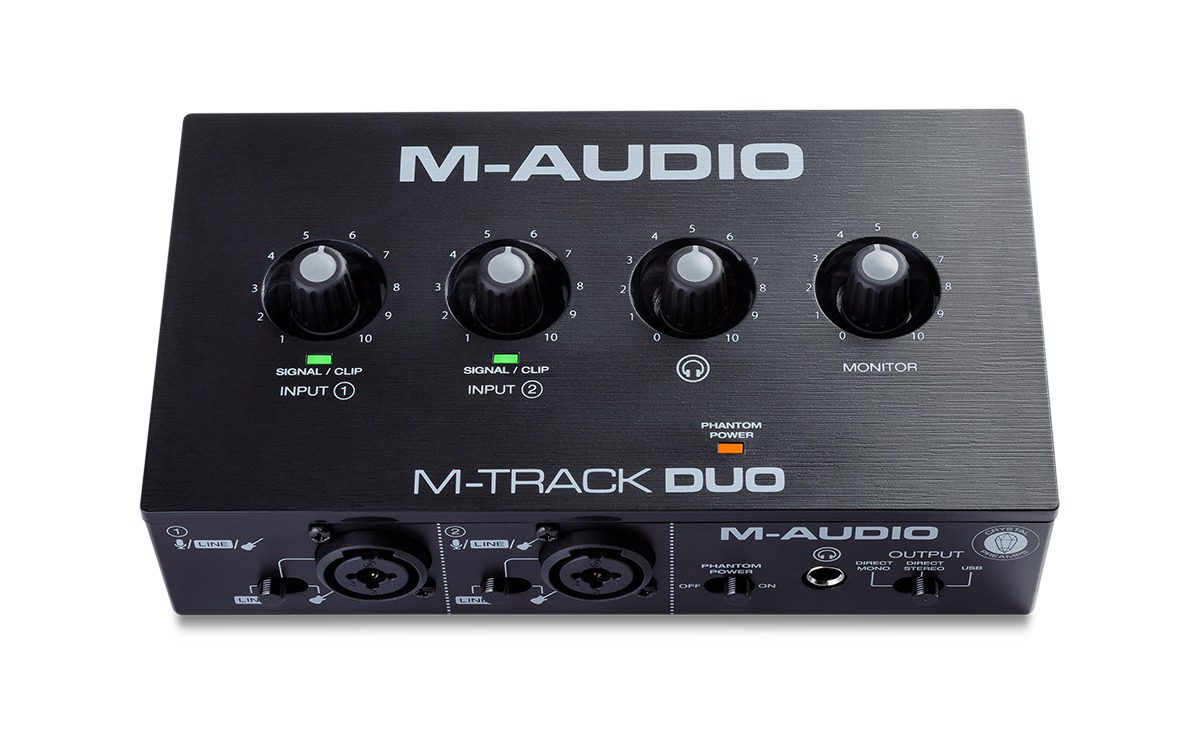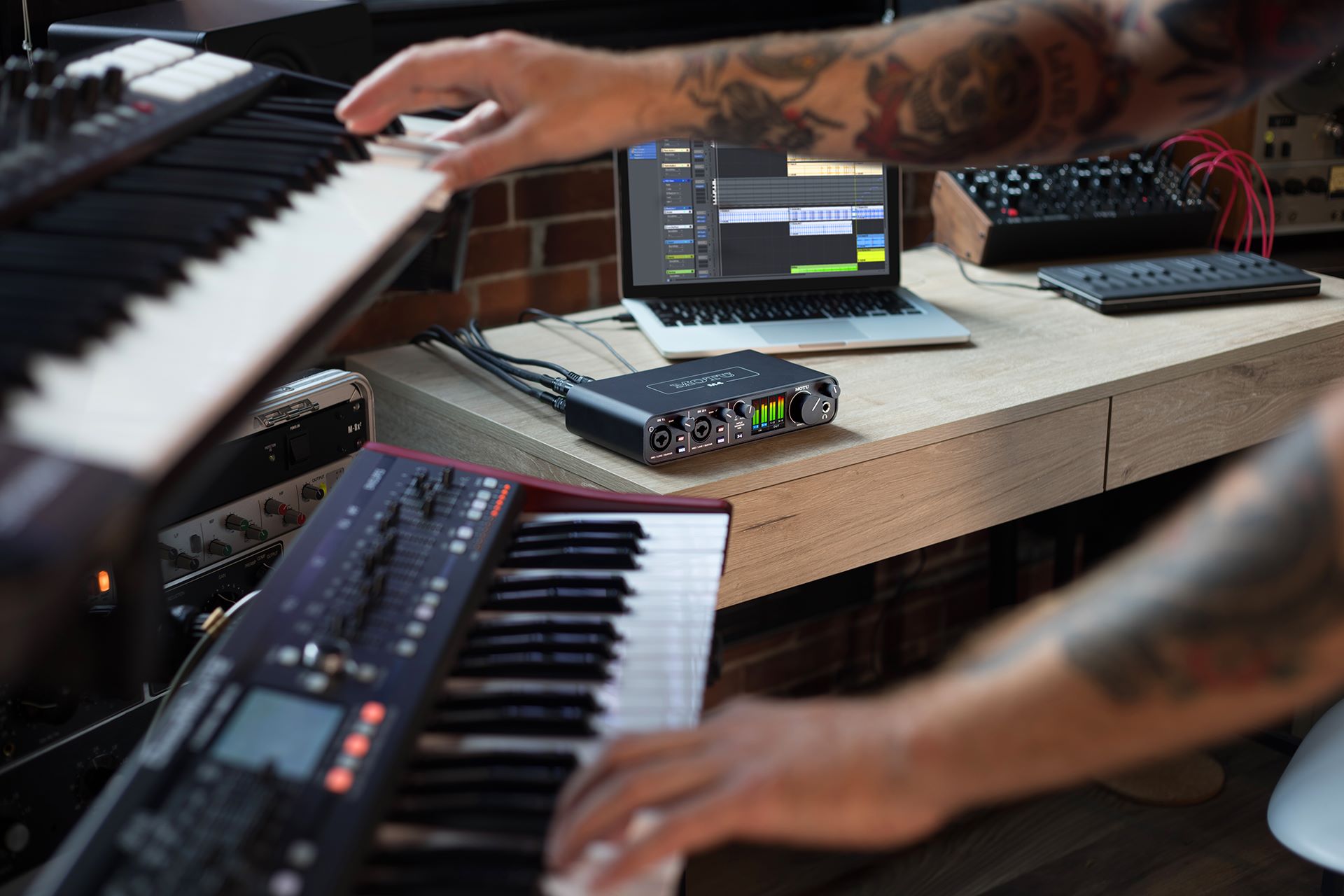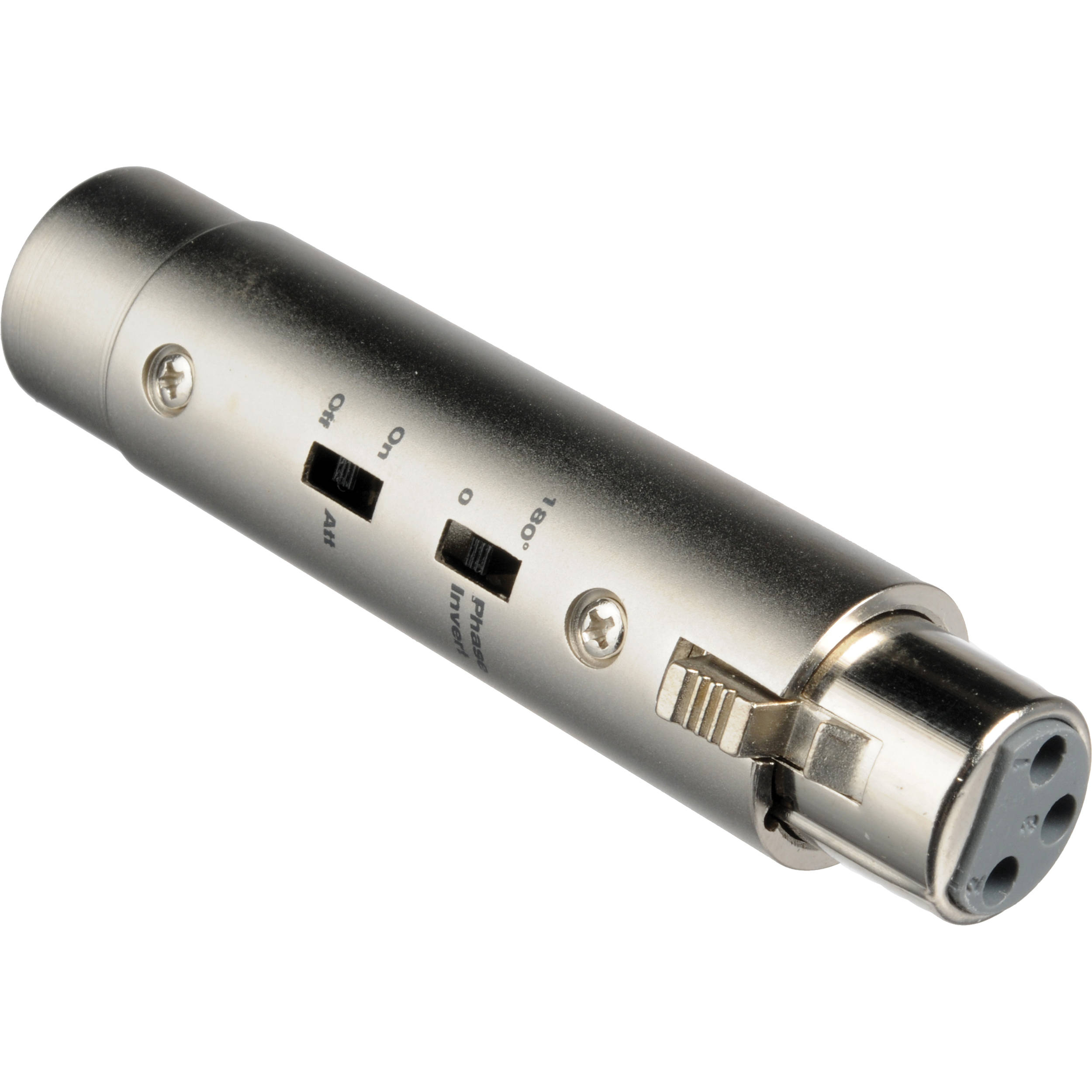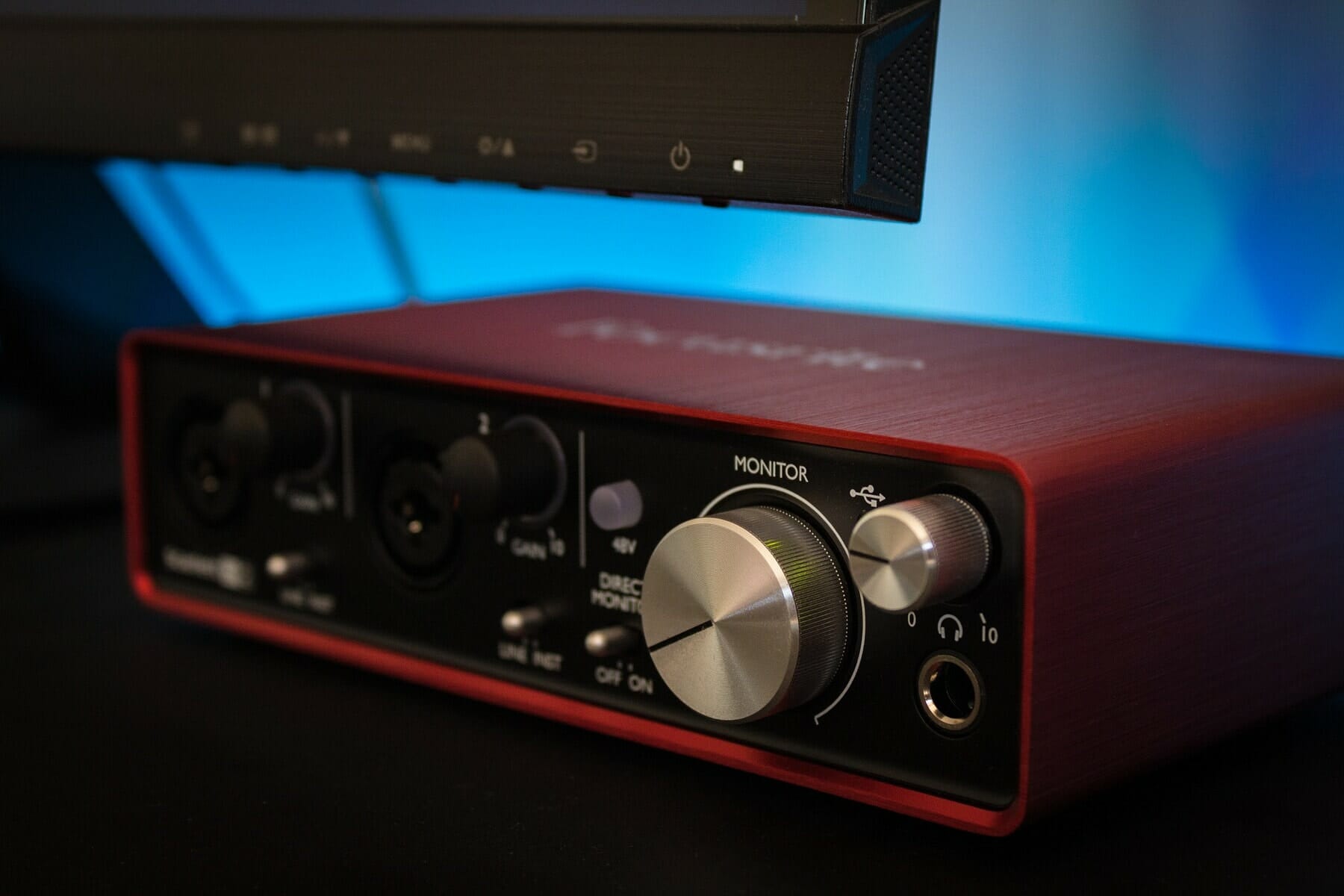Home>Production & Technology>Audio Interface>Which Type Of Microphone Will Require An Audio Interface In Order To Operate Correctly?
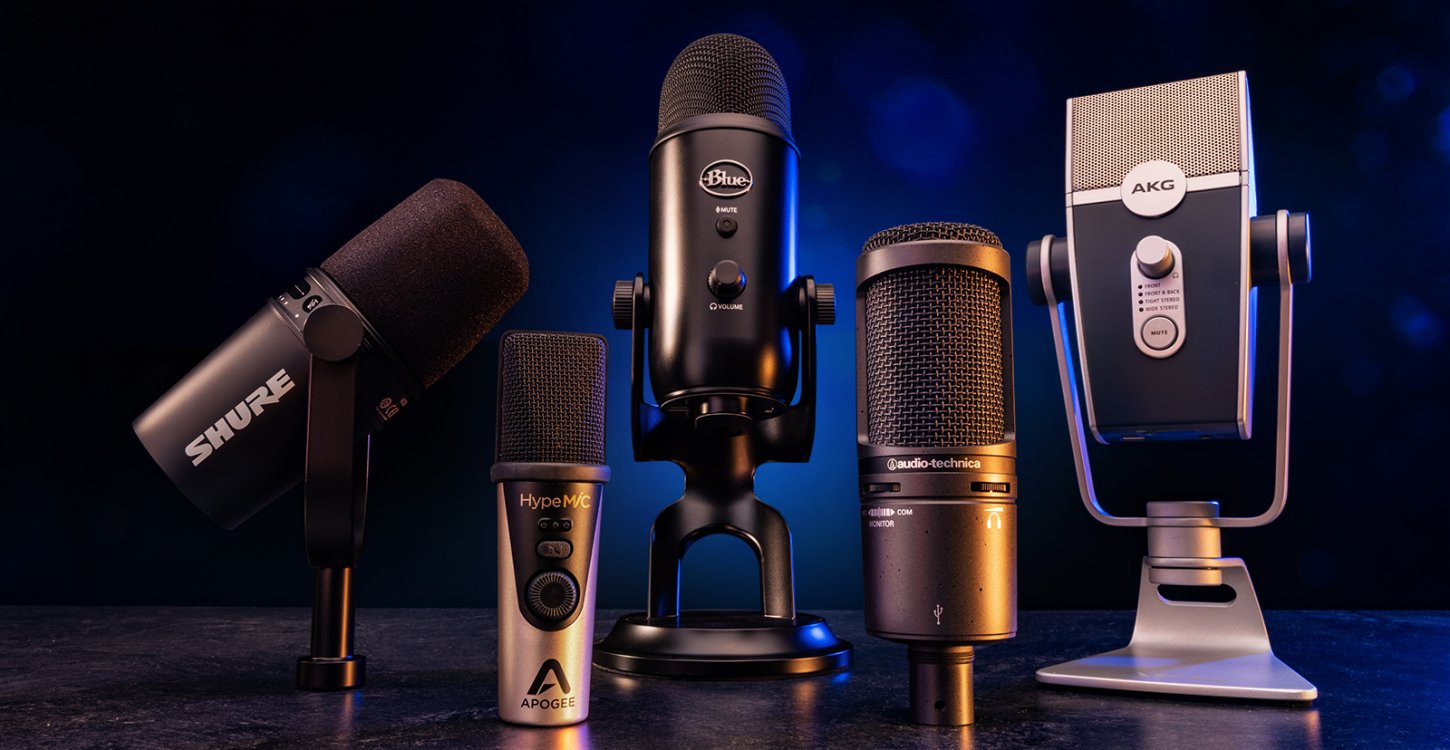

Audio Interface
Which Type Of Microphone Will Require An Audio Interface In Order To Operate Correctly?
Modified: March 11, 2024
Discover which types of microphones require an audio interface to function properly. Explore the importance of an audio interface for seamless performance.
(Many of the links in this article redirect to a specific reviewed product. Your purchase of these products through affiliate links helps to generate commission for AudioLover.com, at no extra cost. Learn more)
Table of Contents
Introduction
When it comes to professional audio recording, having the right equipment is essential. One crucial piece of equipment is an audio interface. But not all microphones require an audio interface to operate correctly. Understanding which types of microphones require an audio interface can help you choose the right setup for your recording needs.
An audio interface is a device that connects your microphone to your computer or recording equipment. It acts as a bridge between the analog signals from your microphone and the digital signals your computer understands. This conversion allows for high-quality audio recording and playback.
While some microphones can directly connect to your computer via USB, others require an audio interface to function properly. The type of microphone you choose will depend on your recording needs, budget, and desired sound quality.
In this article, we will explore the different types of microphones that typically require an audio interface for proper operation. Understanding these microphone types will help you make an informed decision when purchasing audio recording equipment.
Dynamic Microphones
Dynamic microphones are a popular choice for live performances and recording environments where durability and versatility are essential. They are designed to handle high sound pressure levels without distortion and are known for their robust construction.
Dynamic microphones work by utilizing a diaphragm that converts sound waves into electrical signals. These microphones generate their own electrical current, eliminating the need for external power sources. As a result, they are less sensitive and provide a more balanced frequency response compared to other microphone types.
One advantage of dynamic microphones is their ability to handle loud sources, making them suitable for capturing drums, guitar amplifiers, and vocals with powerful or aggressive styles. They are also resistant to humidity and temperature variations, making them ideal for outdoor recording or stage performances.
Most dynamic microphones have an XLR connector, which requires an audio interface with XLR inputs to connect to your recording setup. The audio interface provides the necessary preamp and converts the analog signal from the microphone into a digital signal that your computer can process.
Examples of dynamic microphones that require an audio interface include the Shure SM58, Sennheiser e835, and Electro-Voice RE20. These microphones are widely used in professional recording studios and live sound settings due to their durability and dependable performance.
In summary, dynamic microphones are reliable and versatile options for recording and live sound applications. Their robust construction and ability to handle high sound pressure levels make them popular choices for musicians and sound engineers. To use a dynamic microphone, ensure you have an audio interface with XLR inputs to convert the microphone’s analog signal into a digital format.
Condenser Microphones
Condenser microphones are highly regarded for their exceptional audio quality and sensitivity, making them a popular choice in professional recording studios. These microphones use a thin diaphragm and a backplate to convert sound waves into electrical signals, resulting in a more detailed and accurate representation of the recorded sound.
Unlike dynamic microphones, condenser microphones require an external power source to operate. This power, known as phantom power, is typically provided by an audio interface or a separate power supply. Phantom power is necessary to charge the internal electronics of the condenser microphone and ensure optimal performance.
Condenser microphones are extremely sensitive and can capture even the subtlest nuances of sound, making them ideal for capturing vocals, acoustic instruments, and studio recordings. They have a wider frequency response range and a lower noise floor compared to dynamic microphones, leading to more transparent and pristine recordings.
Most condenser microphones have an XLR connector and require an audio interface with phantom power capability to operate correctly. The audio interface supplies the necessary phantom power and processes the analog signal from the microphone into a digital format.
Popular condenser microphones that require an audio interface include the Neumann U87, Audio-Technica AT2020, and AKG C414. These microphones are widely used in professional studios for their exceptional sound quality and versatility.
It’s worth noting that there are also USB condenser microphones available in the market. These microphones have a built-in audio interface, allowing them to connect directly to your computer via USB. However, for higher-end condenser microphones with XLR connectors, an audio interface with phantom power is still necessary.
In summary, condenser microphones offer exceptional audio quality and sensitivity, making them an excellent choice for capturing detailed recordings in a studio setting. They require an audio interface with phantom power capability to provide the necessary power and convert the analog signal into a digital format. Investing in a high-quality condenser microphone and compatible audio interface can greatly enhance the quality of your recordings.
Ribbon Microphones
Ribbon microphones are a unique and vintage microphone type that offers a distinct sound character. They consist of a thin strip of metal (typically aluminum) suspended between two magnets. When sound waves hit the ribbon, it vibrates, producing an electrical signal.
Ribbon microphones are known for their warm and smooth sound reproduction, making them popular in recording studios for capturing vocals, acoustic instruments, and guitar cabinet miking. They excel at capturing the subtleties and nuances of sound, providing a vintage yet natural sound quality.
Due to their design, ribbon microphones are extremely delicate and sensitive. They require additional care and attention during handling and storage to avoid damage to the ribbon element. Additionally, ribbon microphones have a low output level and may require a preamp with sufficient gain to boost the signal to usable levels.
Most ribbon microphones have an XLR connector, similar to dynamic and condenser microphones. Consequently, they typically require an audio interface with XLR inputs and sufficient preamp gain to operate correctly. The audio interface ensures the proper conversion of the analog signal from the ribbon microphone into a digital format for recording or processing.
Examples of ribbon microphones that require an audio interface include the Royer R-121, Coles 4038, and AEA R44. These microphones are highly regarded for their vintage sound and are sought after by recording engineers looking to add a unique character to their recordings.
It’s worth noting that some modern ribbon microphones have been designed with higher output levels, allowing them to be used with less gain on certain audio interfaces or preamps. However, it’s still important to ensure compatibility and proper gain staging to achieve optimal results.
In summary, ribbon microphones offer a distinct sound character and are prized for their warm and smooth sound reproduction. They require an audio interface with sufficient preamp gain to operate correctly and convert the analog signal into a digital format. Careful handling and attention are necessary due to their delicate nature. Embracing the unique qualities of ribbon microphones can add a vintage touch to your recordings and help you achieve a unique sonic signature.
Lavalier Microphones
Lavalier microphones, also known as lapel microphones or lav mics, are small and discreet microphones that can be clipped onto clothing. They are commonly used in broadcasting, public speaking, interviews, and live performances where hands-free operation is necessary.
Lavalier microphones are typically omnidirectional, meaning they capture sound from all directions. This allows for consistent audio pickup, even when the speaker or performer moves around. They are designed to capture clear and intelligible speech, making them ideal for presentations or broadcast applications.
Most lavalier microphones have a miniature connector, such as a 3.5mm TRS or TA4F connector, which is commonly used in wireless microphone systems. These wireless systems often come with a dedicated receiver that typically connects to an audio interface or sound mixer for further processing.
If you choose to use a wired lavalier microphone, it will require an audio interface with a compatible input, such as a 3.5mm TRS or XLR connector. The audio interface will amplify the microphone’s low-level signal and convert it into a digital format for recording or broadcasting.
When using lavalier microphones, it’s important to consider the placement and distance from the sound source. Placing them too close to the mouth can lead to excessive plosive sounds, while placing them too far may result in a weaker audio signal. Experimenting with positioning is necessary to achieve optimal audio quality.
Popular lavalier microphones that require an audio interface or wireless system include the Sennheiser ME2, Countryman B6, and Rode SmartLav+. These microphones are widely used in various professional settings for their convenience and versatility.
In summary, lavalier microphones provide a convenient and hands-free solution for capturing clear and intelligible speech. They are commonly used in broadcasting, public speaking, and live performance applications. Wired lavalier microphones require an audio interface with a compatible input, while wireless lavalier microphones connect to a dedicated receiver. Proper positioning and experimentation are key to achieving the best audio quality with lavalier microphones.
USB Microphones
USB microphones have gained popularity in recent years due to their simplicity and ease of use. These microphones have a built-in audio interface and connect directly to your computer via a USB cable. This eliminates the need for an external audio interface, making them a convenient option for home recording, podcasting, and voiceovers.
USB microphones come in various shapes, sizes, and price ranges. They are designed to capture vocals and other sound sources directly into digital audio format without the need for additional equipment. Many USB microphones offer features such as adjustable gain control and headphone monitoring, allowing for real-time monitoring and adjustment of audio levels.
One advantage of USB microphones is their plug-and-play functionality. They can be easily connected to a computer without the need for additional drivers or complex setup processes. This makes them accessible to beginners or those who prefer a straightforward recording setup.
While USB microphones offer convenience, it’s important to note that they may not provide the same level of audio quality and flexibility as higher-end XLR microphones with dedicated audio interfaces. USB microphones are more suited for solo recording situations rather than complex multi-microphone setups.
Examples of popular USB microphones include the Blue Yeti, Audio-Technica ATR2100x-USB, and Rode NT-USB. These microphones are often recommended for podcasting, streaming, and voiceover work due to their ease of use and good audio quality.
If you choose to upgrade your recording setup in the future, it’s worth considering investing in an audio interface and XLR microphone for more flexibility and professional-grade recording capabilities. However, USB microphones can still be a valuable starting point or a convenient option for casual recording needs.
In summary, USB microphones provide a simple and convenient solution for recording audio directly into your computer. They have a built-in audio interface and connect via USB without the need for additional equipment or complex setup processes. USB microphones are well-suited for home recording, podcasting, and voiceover work. While they offer convenience, they may not provide the same level of audio quality and flexibility as higher-end professional recording setups.
Conclusion
Choosing the right microphone for your recording needs is important, and understanding which types of microphones require an audio interface is crucial in setting up your recording system correctly. While USB microphones offer convenience for direct computer connection, other microphone types such as dynamic, condenser, ribbon, and lavalier microphones require an audio interface for proper operation.
Dynamic microphones are durable and versatile, often used for live performances and recording louder sound sources. Condenser microphones, on the other hand, offer exceptional audio quality and sensitivity, making them ideal for studio recordings. Ribbon microphones provide a vintage sound character, capturing warmth and smoothness. Lastly, lavalier microphones offer convenience and hands-free operation, commonly used in broadcasting and public speaking.
To use dynamic, condenser, ribbon, or lavalier microphones, you’ll need an audio interface that provides preamp gain, converts the analog signal to a digital format, and ensures optimal performance. The audio interface acts as the bridge between the microphone and your recording device, enabling high-quality recording and playback.
USB microphones, however, have a built-in audio interface and connect directly to your computer via USB. They are convenient options for casual recording or beginner setups, eliminating the need for additional equipment.
By understanding the different microphone types and the requirement for an audio interface, you can make informed decisions when selecting the right equipment for your recording needs. Consider factors such as sound quality, versatility, durability, and portability when choosing your microphone setup.
Remember, whether you opt for a dynamic, condenser, ribbon, lavalier, or USB microphone, having the right audio interface is essential for optimized sound capture and recording. Assess your recording goals, budget, and desired sound quality to choose the perfect combination that suits your needs and unleashes your creative potential.

